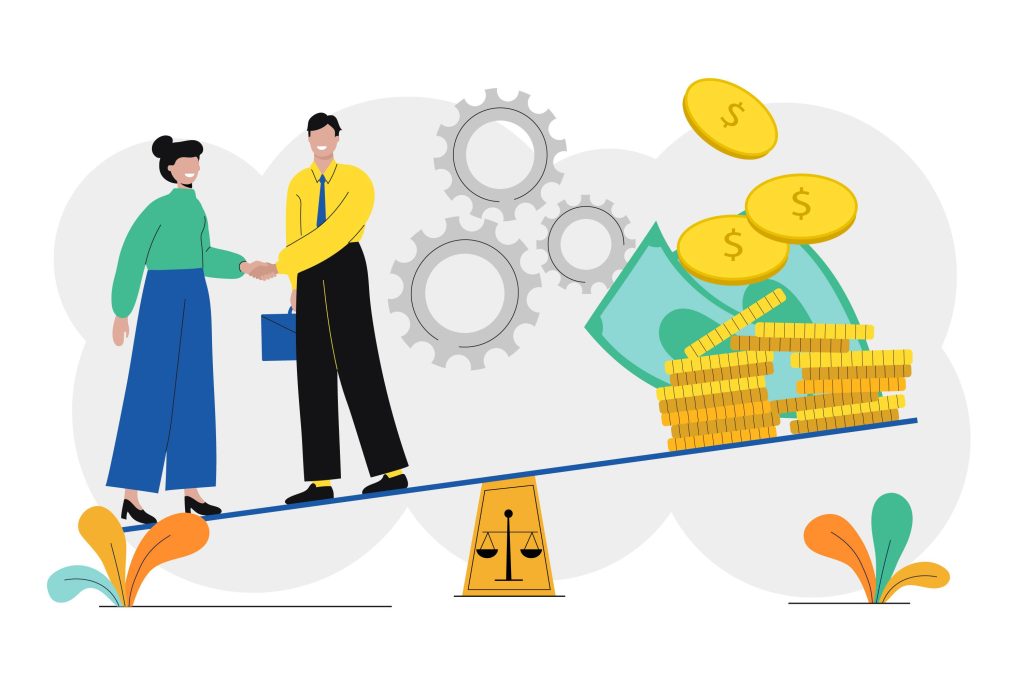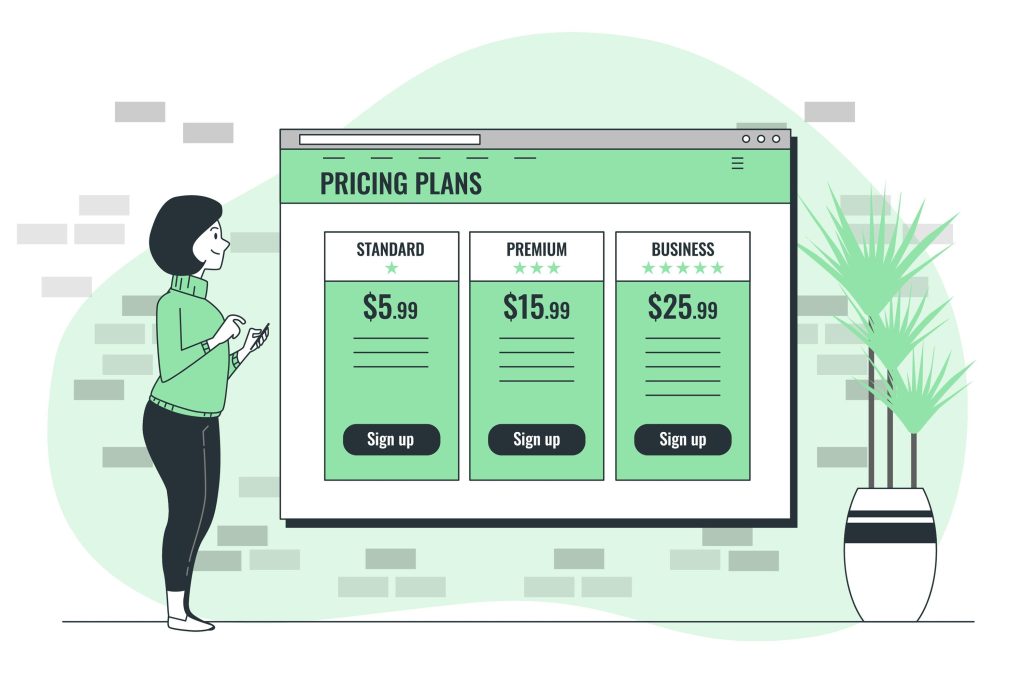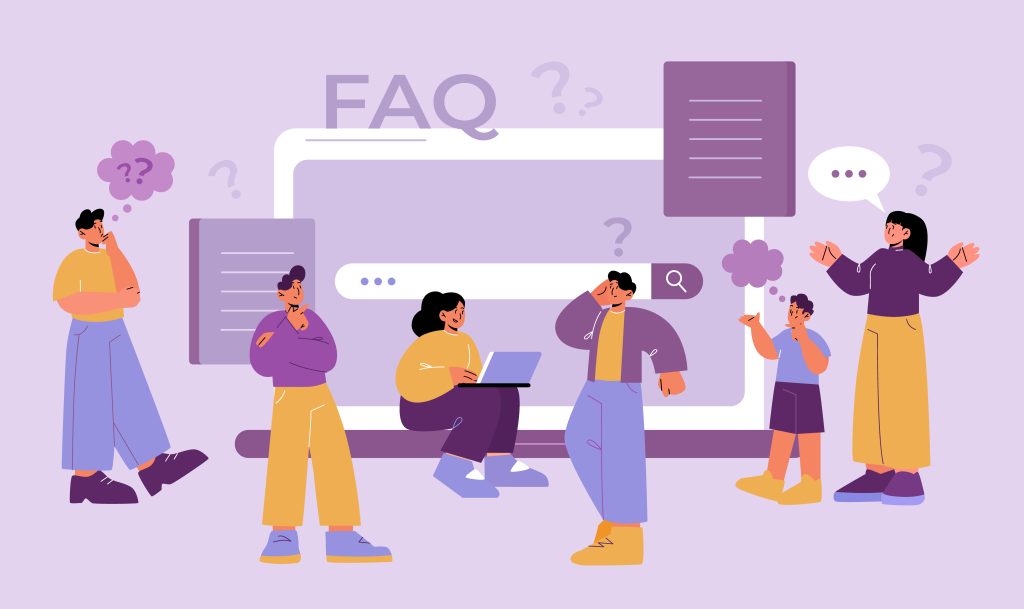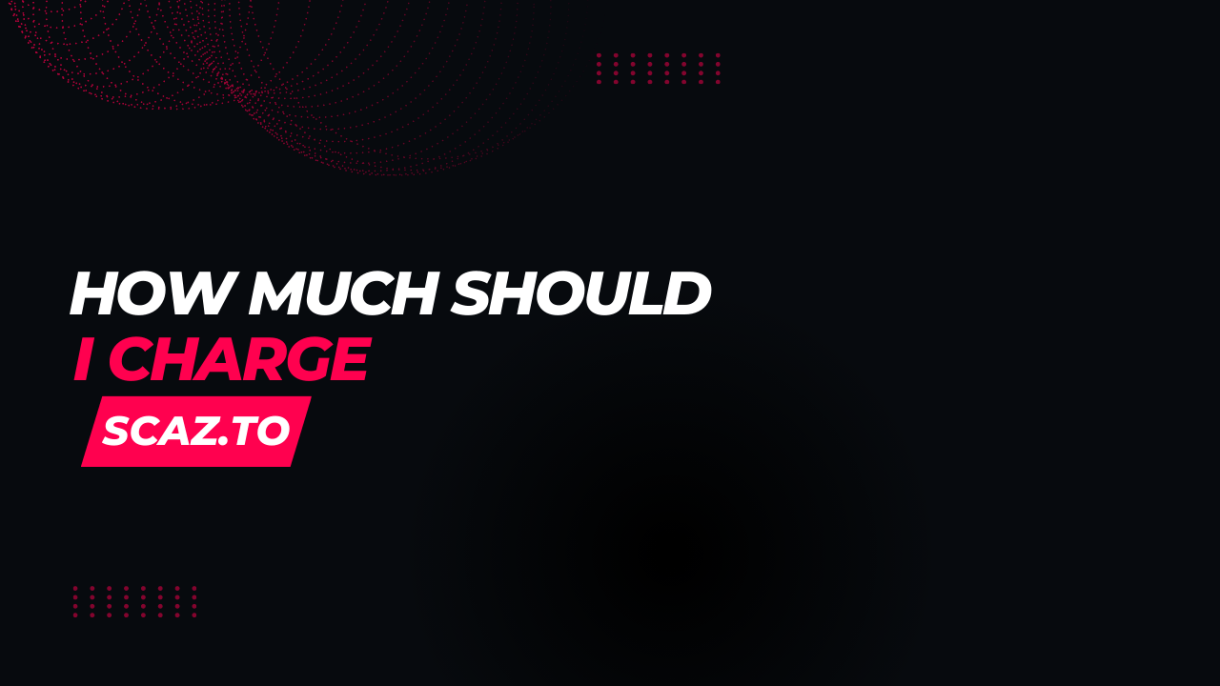Figuring out the right price to charge your clients is one of the first challenges you will face as a new freelancer.
How you calculate your freelance rates is important because your price has to be just right to win your clients.
If you charge too much, the client may never respond to your offer. If you charge too little, the client will be suspicious and think of you as a cheap, amateur freelancer.
But there’s no need to worry. Whether you’re a beginning freelance writer, designer, developer, or marketer, there are a few tricks you can use to figure out the ideal price for your freelance services. And I’ll show you how.
Hourly Vs. Fixed Rates

The big question: Should you charge an hourly rate or offer a fixed price for each project? This is a dilemma for most freelancers, as both methods have their pros and cons.
Personally, I’ve found fixed rates to be more beneficial for me and, more importantly, for my clients. Pricing per project allows me to offer the client a price based on the complexity of the gig and the amount of work it requires.
Hourly pricing also has its advantages. For example, there are experienced freelance copywriters who charge over $250 per hour. This is because when working on projects such as website copywriting and product copywriting, you can’t price by word count because the copy needs to be refined and tested over and over again.
So before you start, decide whether you want to charge an hourly rate or a fixed price. Depending on the type of service you provide, this is fairly easy to figure out. If you’re a freelance coder, designer or copywriter, an hourly rate should be the obvious choice.
However, choosing a fixed price gives you more freedom to spread out your hours working on different projects and deliver the best results by spending more time working on each project without having to worry about the hourly rate. That’s the main reason I encourage beginners to choose a fixed price.
A Few Things To Keep In Mind

Once you’ve decided how you’re going to price your services, there are a few options that freelancers often face. Including negotiation.
Clients will almost always try to negotiate a better price. You’ll need to leave a little wiggle room in your rate for such cases. Never say NO to lowering your price by a small amount. Add an extra $5 or $10 to your price so that if the customer asks for a discount, you can accommodate their request without being a jerk.
However, always stick to your original price. If a client seems to be backing out of a deal, don’t offer a lower price just to get the job. Chances are you’ll miss out on a better and bigger gig by accepting this low-paying job.
Some clients will also try to get you to do more work than you agreed to do. These types of clients are called scope creeps. They’ll agree to your price at the beginning, and then later ask you to do extra work or extra revisions for free.
Always discuss a price for the extra work and revisions before you start the project. And keep a freelance contract handy to mitigate these situations.
When pricing your services, remember to include your taxes and professional expenses, such as website hosting and any paid application subscriptions you use, in the total.
Here are a few ways to figure out the perfect price for your services.
1. Create Your Own Pricing Plan

No matter how you price your services, how much you earn will always depend on how much time you have to work and how much work you can get done each day.
So the first and most logical way to price your services is to create a budget for your expenses and figure out how much you need to charge each month to reach your budget goal.
For example, let’s say you need $2,000 to cover all your expenses each month. If you work 8 hours a day, 5 days a week, you’ll have 40 hours a week and a total of 160 hours a month to earn your budget amount.
First, multiply your budget cost by 3. This is to help you make a profit and to ensure that you don’t have to work the full 160 hours to meet your budget. And then divide that total by 160 (your total monthly hours). ($6,000 / 160 = $38)
The ideal price for your hourly rate is $38. This method gives you the freedom to work on the projects of your choice and leaves you plenty of room to negotiate.
2. Browse Freelance Websites
Another way to find the best price for your service is to find out what other freelancers are charging on freelance platforms.
Go to a popular freelance platform like UpWork or PeoplePerHour and explore the categories on those sites to see what other freelancers are charging for their services.

You’ll find that all freelancers charge different rates. A good way to figure out a price for your service is to go to your industry category on the freelance site and find the two freelancers who charge the least and the one who charges the most in that category.
Take a closer look at their profiles to see what kind of skills and experience they have. Then, depending on your work experience, try to find a price in between the rates of these two freelancers.
Keep in mind that this method is only suitable for beginners. Freelancers on popular platforms often charge much lower prices than they deserve. So use these prices as a starting point and work your way up.
3. Explore Salary Estimate Websites

Another easy way to figure out your rates is to explore salary estimation websites.
Sites like Glassdoor and Payscale are great for researching average salaries and hourly rates in different industries.
These sites contain data collected from thousands of other professionals and freelancers. As a result, these are fairly accurate rates that people are currently charging.
Just enter your job and location to see the rates.
4. Use An Online Tool

You can also use online tools to find out what others are charging. This will help you get an idea of what the experts are charging so you can figure out a competitive price to offer your clients as a beginner.
There are several online tools you can use to find freelance rates.
Glassdoor has the most advanced tool that calculates freelance rates based on location and feedback from real freelancers.
Bonsai also has a great freelance rate calculator that shows you a wide range of freelance graphic designer rates and web designer hourly rates based on skill, location, and the amount of experience you have.
LinkedIn Salaries is another tool that allows you to compare job salaries from different regions and countries around the world. Unfortunately, it’s not yet available in some countries.
If you’re a software developer, you can use reports like Triplebyte’s to find your ideal rate.
5. Ask A Professional

f you still can’t figure out a way to find the ideal price for your services, the best thing you can do is ask a professional.
Now, this is not going to be easy. That’s because most experienced and seasoned freelancers won’t reveal their prices to other freelancers. Obviously for competitive reasons. So you can’t ask them directly about their prices.
You’ll have to take an unorthodox approach. Pretend to be a client and ask for a quote.
For example, let’s say a client offers you a web design project, but you don’t know how much to charge. Well, now you can email an established freelancer as a client and ask for a quote on the same project.
An even better way is to post a job as a client on a freelance platform. You’ll learn a lot about how others price their services and write proposals.
It’s sneaky, I know. But it works! But not all freelancers are jerks. Some are willing to help others. So don’t be afraid to ask.
6. Let The Client Decide

This method is a bit unorthodox and may not work with most clients. But if you come across a decent client who has experience in this area, give it a try.
When you approach a client with a proposal, or even if a client approaches you, don’t mention your price in the first pitch.
Continue to discuss the project and ask questions to understand what the client is hoping to get out of the project.
For example, if you’re discussing a graphic design project for a social media campaign, you might ask the client how much buzz they hope to generate with the posts. Or ask about their budget and how much they’re spending on advertising.
And when it comes to negotiating the price, simply ask the client how much it’s worth to them given the amount of buzz they’ll generate from the campaign.
Simply put, let the client set the price for each project.
It’s difficult to have this conversation with a client on a freelance marketplace. So try it only with clients you approach through job boards or email.
Experiment With Your Rates
The important thing to keep in mind is that there is no right price for finding a rate for your services because it all comes down to the skills, experience, and the quality of work you offer. This is why most veteran freelancers have a habit of increasing or changing their prices every year because they consistently improve their knowledge and skills.
Use these tips to figure out a basic pricing model for your freelance services. Once you start gaining more experience and better clients, experiment with different prices. Eventually, you’ll be able to ask for higher rates and even double your rates.
As long as you’re happy with what you’re earning for the amount of work you do, there will never be a wrong price.


